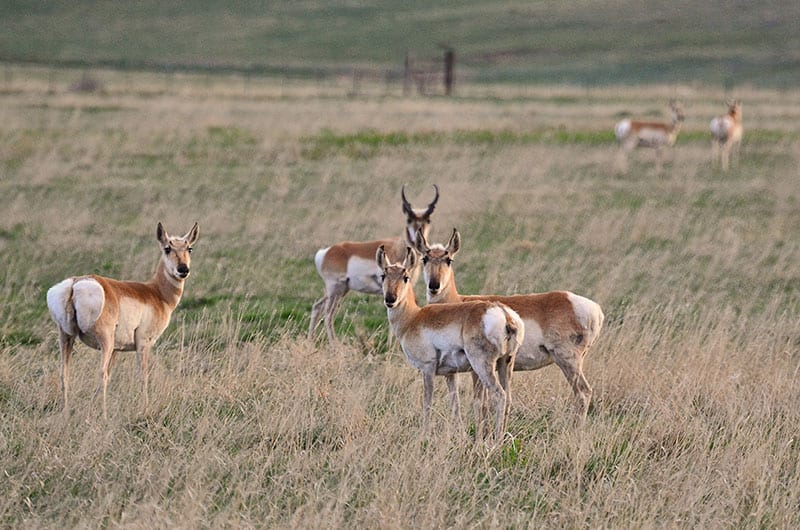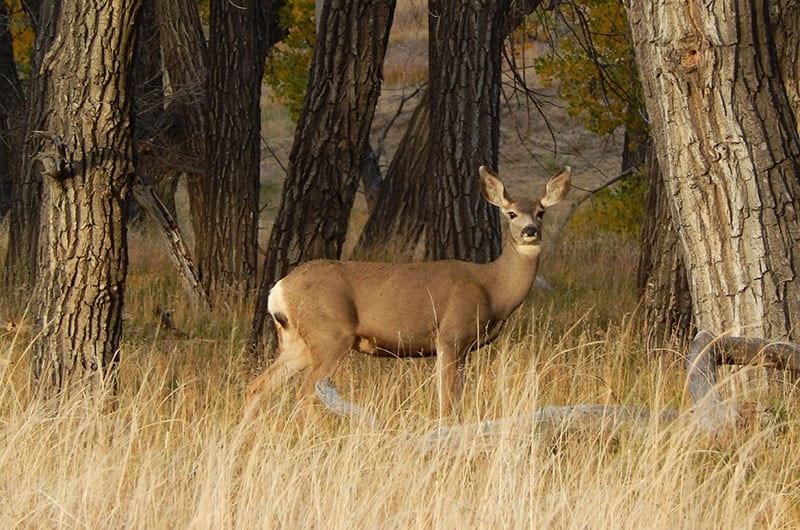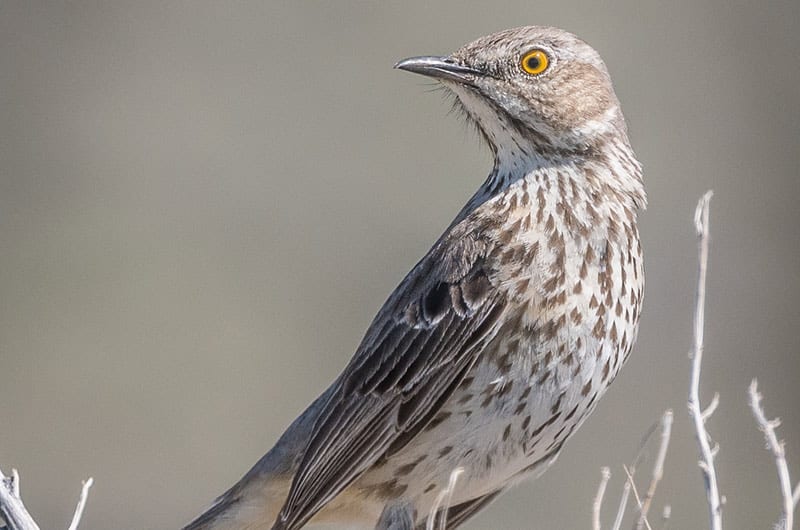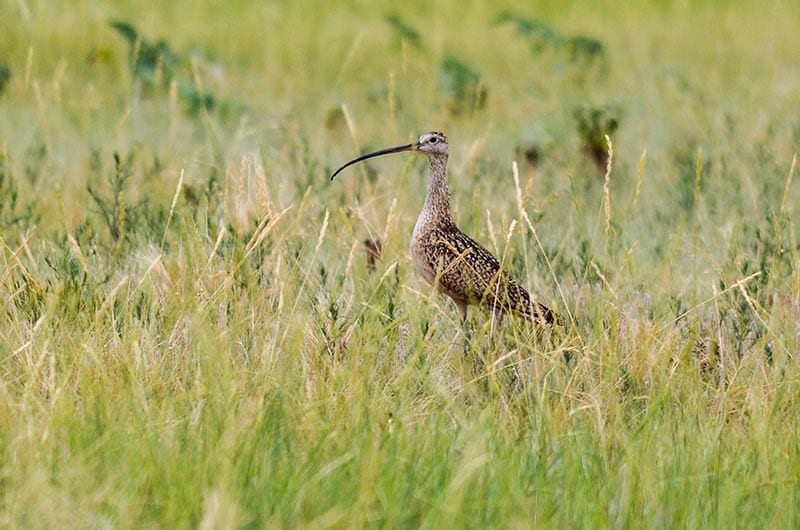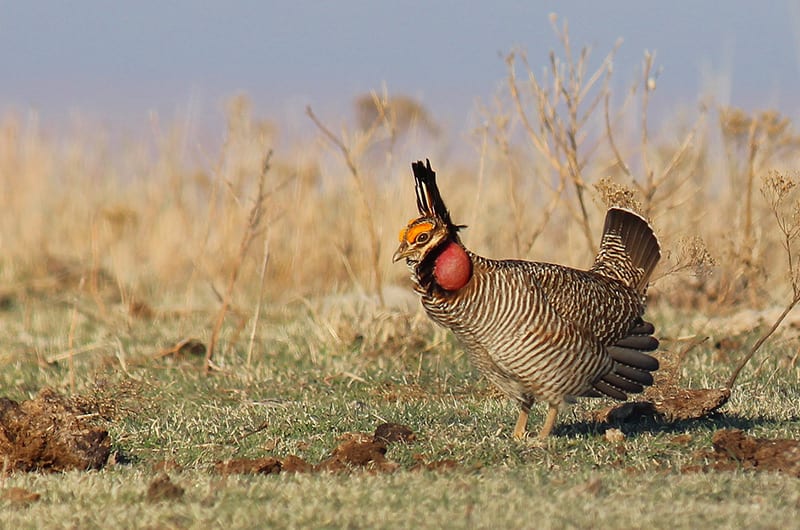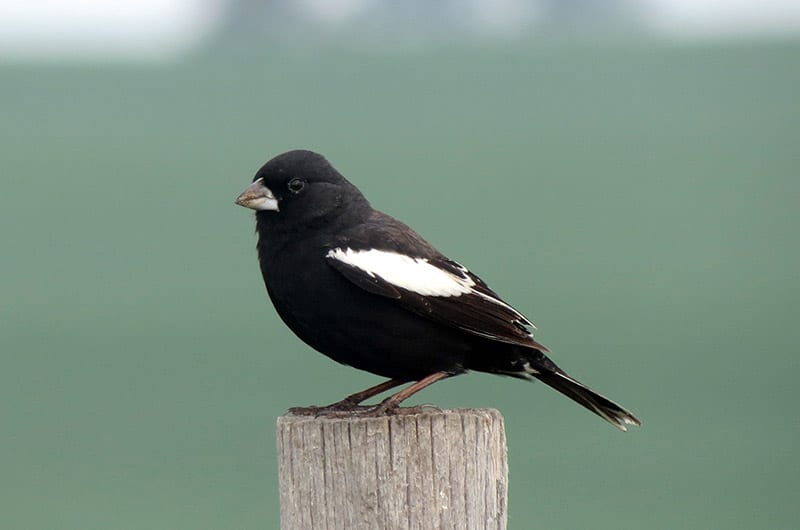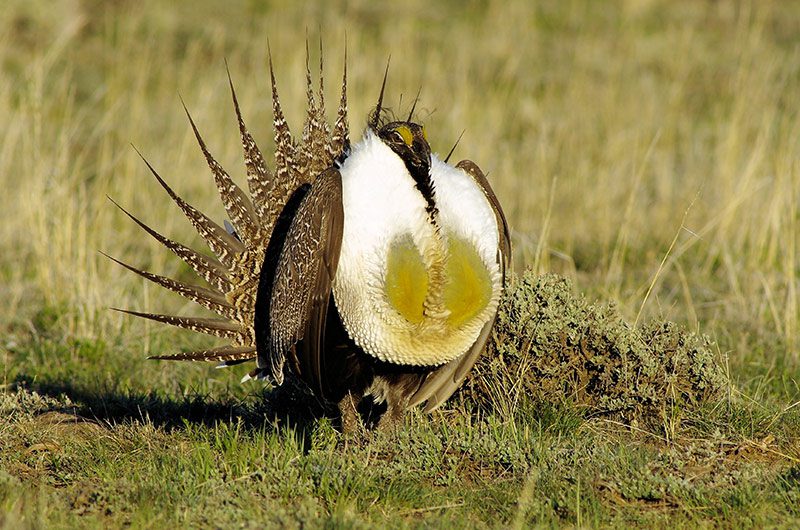LandPKS Learning
Habitat Hub
Factsheets and other helpful resources about the wildlife species living on your land (US only)
Sonoran Desert Tortoise
Sonoran Desert tortoises eat a wide variety of wildflowers, grasses and cacti. However, they will also occasionally eat insects, especially when young. Some have even been observed scavenging road-kill lizards. Additionally, Sonoran Desert tortoises eat soil with calcium carbonate for nutrients.
Read moreMojave Desert Tortoise
Desert tortoise eggs and young are prey for many species, including Gila monsters, snakes, raptors, skunks, kit foxes, and coyotes. Ravens can cause a substantial decline in desert tortoise populations, especially near developed areas. However, once a desert tortoise reaches adulthood, predation risk is far lower and annual survivorship surpasses 90%.
Read morePronghorn Antelope
Female Pronghorns usually give birth to twins, with young females often giving birth to a single fawn. Pronghorn can reach speeds of 50 mph/80.5 kph and are North America’s fastest mammal.
Read moreMonarch Butterfly
The monarch’s bright coloring warns predators not to eat it. Their toxins come from milkweed plants, which are the only food source for the caterpillars. While animals that eat a monarch butterfly usually do not die, they will get sick enough to avoid monarchs in the future.
Read moreSage Thrasher
Sage thrashers have a long, melodious flutelike song with a lot of variety in notes. The longest documented song was approximately 22 minutes long! Sage thrashers may also mimic the notes of other birds and have been called “the mockingbird of the sagebrush.”
Read moreLong-billed Curlew
Adult curlews will vigorously chase and attack potential nest or chick predators including coyotes, raptors, and people. Adults become more aggressive towards predators as their eggs begin to hatch.
Read moreLesser Prairie-Chicken
The lesser prairie-chicken has one of the smallest population sizes of grouse species in North America (estimated 28,000 birds) with an estimated decline of 97% from historic numbers. The lesser prairie-chicken is not currently listed for federal protection under the Endangered Species Act.
Read moreLark Bunting
Lark bunting use two different songs in the breeding season: a primary song given from a perch or in flight and an aggressive song always given in flight.
Read moreGreater Sage Grouse
Greater sage-grouse are adapted to eat the leaves of sagebrush shrubs year-round. Sagebrush have a characteristic smell from chemicals called monoturpenoids, which are toxic to most wildlife. Sage-grouse have evolved to eat sagebrush leaves without getting sick.
Read more
Mobile App | Data Portal | Knowledge Hub | Habitat Hub | Learning Collections | Blog | About | Contact | Support



